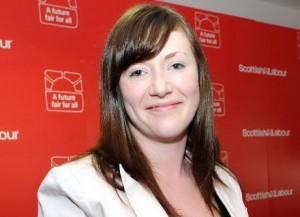Matthew Benjamin, 28, who studied geography at Jesus College, Oxford, said: “I was very aware that I was the only black student in my year at my college. I was never made to feel out of place, but it was certainly something I was conscious of.
“When I arrived and they wanted to do a prospectus, and have some students on the cover, they chose me, and one other Asian guy and another guy from Thailand. It was clear they wanted to project this image of somewhere that was quite diverse. The reality was very different – there were three [minority] ethnic students in a year.
“On open days, some black kids would see me and say ‘you’re the only black person we’ve seen here – is it even worth us applying?'”
Old News by now – but worth noting! -from the Guardian in early December 2010
What initially appears to be a bleak portrait of racial and social exclusion at Oxford and Cambridge seems not to be the case on closer inspection of the statistics.
The Guardian recently reported that official data shows that more than 20 Oxbridge colleges made no offers to black candidates for undergraduate courses last year and one Oxford college has not admitted a single black student in five years. The university’s admissions data confirms that only one black Briton of Caribbean descent was accepted for undergraduate study at Oxford last year.
Initially things appear to be quite bleak –
“Of the black Caribbean students getting straight As at A-level, the vast majority apply to Oxbridge…. those who do choose to apply have a much lower success rate [than white applicants]. One in five in comparison with one in three for white students. That doesn’t seem to have shifted for the last 15 years.”
However, the most selective universities argue that poor attainment at school level narrows the pool from which candidates can be drawn. But black candidates are more likely to apply to elite universities. In 2009, more than 29,000 white students got three As or better at A-level (excluding general studies) and about 28.4% applied to Oxford; while 452 black students got three As or better, and nearly half applied to Oxford.
A spokeswoman for Oxford said: “Black students apply disproportionately for the most oversubscribed subjects, contributing to a lower than average success rate for the group as a whole: 44% of all black applicants apply for Oxford’s three most oversubscribed subjects, compared with just 17% of all white applicants. That means nearly half of black applicants are applying for the same three subjects … the three toughest subjects to get places in. Those subjects are economics and management, medicine, and maths.with 7% of white applicants. This goes a very long way towards explaining the group’s overall lower success rate.”
This is the interesting thing about African Caribbean apsiration in the United Kingdom – despite achieving worse GCSE results as a group compared to white, Indian and Chinese children, African-Caribbean children are actually more likely to stay onto do A levels, and more likely to apply to high end universities than white children – where they then experience discrimination?
Social Class background is a far better predictor of who will do well at school and then go onto university in the UK – despite the fact that our political spin doctors seem to think that class matters – the stats on social mobility suggest that class is pretty entrenched!

